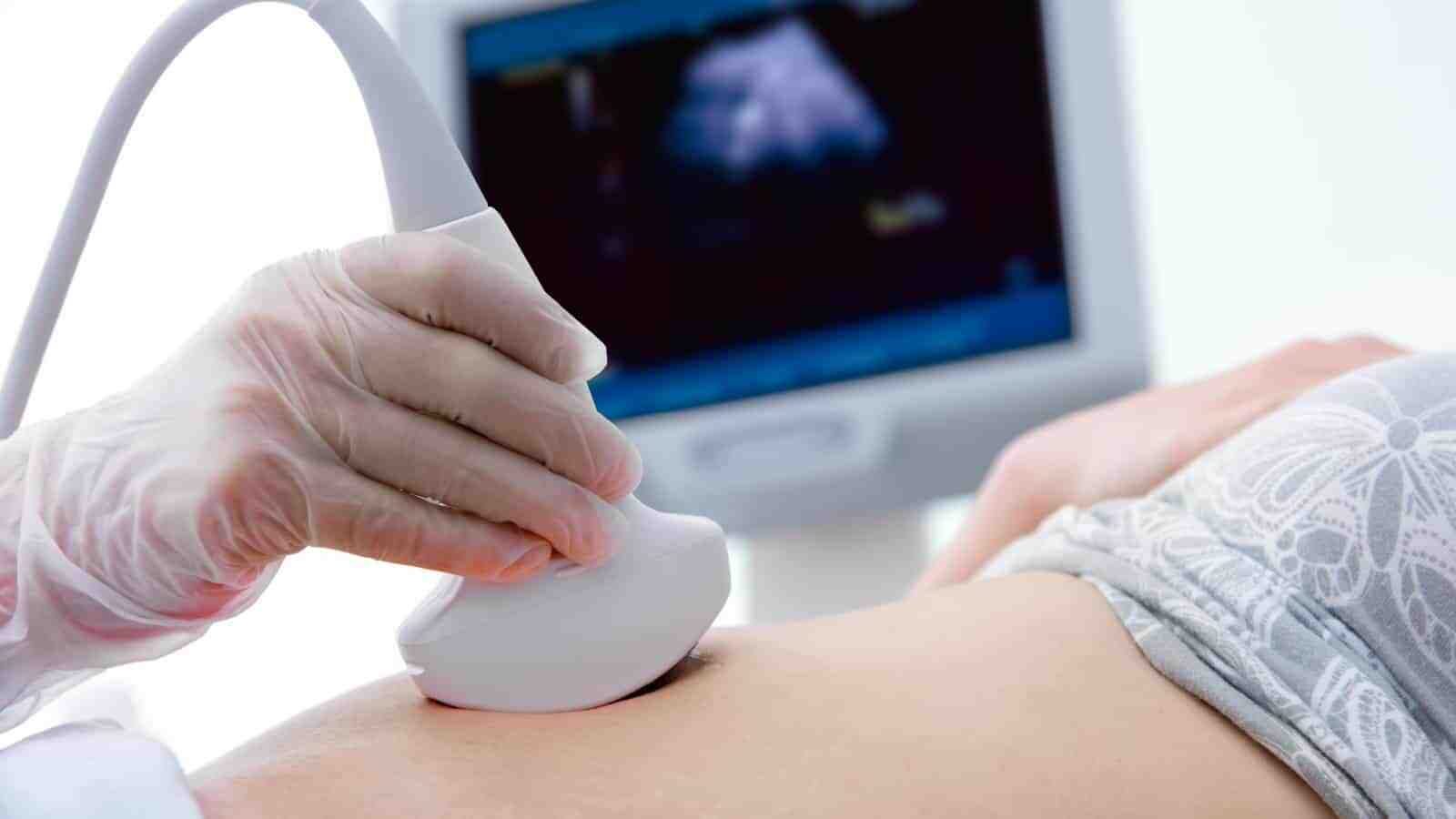Hormonal Changes Affecting Your Body

The first trimester of pregnancy is an exciting, yet often overwhelming time. It’s a period of rapid physical and hormonal changes that can leave you feeling both elated and exhausted. While much attention is given to the changes happening to the growing baby, the first trimester is also a time to be aware of how these shifts affect your pelvic health and overall well-being.
During this stage, your body is preparing for the demands of pregnancy and childbirth, and paying attention to pelvic floor health early on can set the foundation for a smoother pregnancy and recovery after delivery. In this blog post, we’ll guide you through what to expect during the first trimester, how pregnancy hormones impact the pelvic floor, and tips for managing common discomforts.
What Happens in the First Trimester?
The first trimester spans from week 1 to week 12 of pregnancy, covering the period when conception occurs and the early development of your baby. Here are some key developments:
Hormonal Changes: The body produces human chorionic gonadotropin (hCG), progesterone, and estrogen at higher levels to support the pregnancy. These hormones affect various bodily functions, including digestion, circulation, and the pelvic floor.
Physical Changes: Although the baby is still small, changes like breast tenderness, nausea, and fatigue are common. You may also start to notice subtle changes in your body as your uterus grows and adjusts.
Early Symptoms: Many women experience symptoms such as morning sickness, fatigue, frequent urination, and lower abdominal cramps.
These early weeks are crucial for your baby’s development, and while your body is doing a lot of hard work, it’s equally important to pay attention to your pelvic health during this time.
How Pregnancy Affects the Pelvic Floor in the First Trimester
The pelvic floor is made up of muscles and tissues that support the bladder, uterus, rectum, and vagina. As pregnancy progresses, these muscles will be put under increasing strain due to the weight of the growing uterus. In the first trimester, however, the changes to your pelvic floor are mostly related to hormonal shifts and early physical adjustments.
1. Increased Hormone Levels and Muscle Relaxation
Progesterone, one of the key pregnancy hormones, relaxes muscles throughout the body to accommodate the growing baby and prepare for childbirth. While this is essential for the baby’s development, the relaxation of the pelvic floor muscles can also lead to muscle weakness and less support for the pelvic organs. This early relaxation may make it harder to engage the pelvic floor effectively, and you might begin to notice early signs of urinary incontinence or a feeling of heaviness or pressure.
2. Urinary Frequency and Bladder Pressure
As the uterus begins to expand, it can place pressure on the bladder, leading to an increased frequency of urination. The first trimester may cause you to urinate more often, sometimes even throughout the night. Additionally, the hormonal changes affecting the pelvic floor may cause the muscles to relax, making it harder to fully control your bladder.
This is completely normal, but it’s important to start developing good pelvic floor habits early to minimize the impact of these changes.
3. Constipation and Pelvic Floor Dysfunction
Pregnancy hormones can slow down the digestive system, leading to constipation and bloating, which can exacerbate pressure on the pelvic floor. When constipation is combined with the natural relaxation of pelvic floor muscles, it can lead to further pelvic floor dysfunction. This can increase your risk for conditions like hemorrhoids, pelvic pain, and even prolapse in later stages if not addressed.
4. Postural Changes and Pelvic Floor Impact
As your pregnancy progresses, your center of gravity will shift, which can lead to changes in your posture. In the first trimester, as your body begins adjusting, you may unknowingly adopt poor postural habits that contribute to tension or weakness in the pelvic floor. Being mindful of maintaining good posture can help prevent undue strain on the pelvic region and muscles.
Common Discomforts in the First Trimester and How to Manage Them
Many women experience a range of discomforts during the first trimester. These discomforts can affect your pelvic floor and overall well-being, but there are strategies to manage them effectively.
1. Morning Sickness and Nausea
Morning sickness, which is common in the first trimester, can make even the simplest tasks feel overwhelming. The constant nausea and vomiting may lead to dehydration, which can affect muscle function, including that of the pelvic floor. Staying hydrated, eating smaller, more frequent meals, and keeping bland snacks like crackers on hand can help manage nausea.
If vomiting is frequent, be sure to seek medical attention to prevent dehydration, which can impact your overall health, including the health of your pelvic floor.
2. Fatigue and Pelvic Floor Muscle Function
Fatigue is another common symptom during the first trimester, and it can impact your ability to stay active and engage your pelvic floor muscles. Light activity, such as walking or gentle stretching, can help boost energy levels while promoting pelvic floor health. Additionally, working on deep breathing exercises can encourage pelvic floor relaxation, especially if you tend to hold tension in the pelvic region when you’re tired or stressed.
3. Pelvic Floor Strengthening Early On
Even in the first trimester, pelvic floor exercises can be beneficial in preventing future pelvic floor dysfunction. Regular practice of Kegel exercises (pelvic floor contractions) can help maintain the strength and integrity of your pelvic muscles during pregnancy. However, it’s important to note that breathing techniques and postural awareness are equally important in ensuring the pelvic floor is not being over-contracted or under-supported.
A pelvic physiotherapist can guide you in these exercises to ensure you're doing them correctly, as improper form can exacerbate tension and lead to discomfort.
4. Managing Stress and Anxiety
The first trimester can be an emotional rollercoaster, and stress can exacerbate pelvic floor tension. Stress hormones like cortisol can cause muscle tightness, including in the pelvic floor. Incorporating mindfulness practices, deep breathing, or gentle yoga can help alleviate stress, release tension, and improve overall pelvic floor health.
Tips for Maintaining Pelvic Floor Health in the First Trimester
- Stay Active: Gentle exercises like walking, swimming, and prenatal yoga help keep the pelvic floor muscles engaged and support overall muscle tone.
- Hydrate: Drink plenty of water to stay hydrated and prevent constipation. This also helps maintain healthy muscle function, including in the pelvic floor.
- Eat a Balanced Diet: A diet high in fiber will help prevent constipation and reduce pressure on the pelvic floor. Include fruits, vegetables, whole grains, and plenty of fluids.
- Focus on Posture: Be mindful of your posture, especially as your center of gravity shifts. Sitting and standing tall helps avoid unnecessary strain on the pelvic floor.
- Practice Breathing Techniques: Deep, diaphragmatic breathing can support pelvic floor relaxation and reduce tension.
Conclusion
The first trimester of pregnancy is a time of significant change and adjustment. While the hormonal and physical shifts can affect pelvic floor health, being proactive about posture, pelvic floor exercises, and stress management can help prevent issues later in pregnancy. By prioritizing your pelvic health early on, you set the stage for a healthier pregnancy and a smoother postpartum recovery.
If you’re experiencing discomfort, incontinence, or pelvic pain during the first trimester, consider consulting a pelvic physiotherapist who specializes in prenatal care. With the right support and tools, you can navigate this exciting time while maintaining a strong, healthy pelvic floor.


